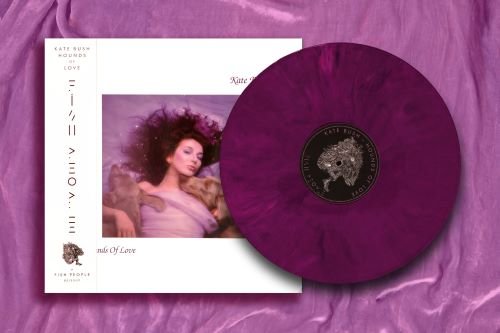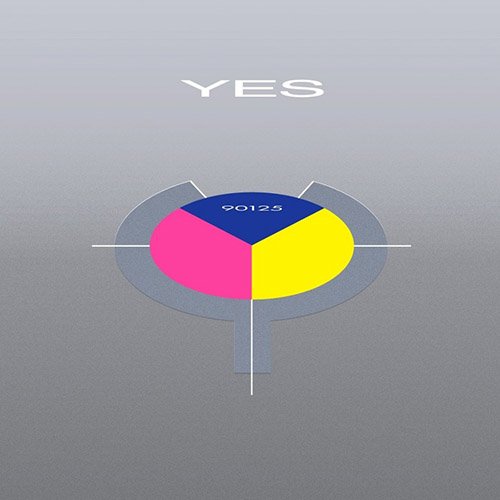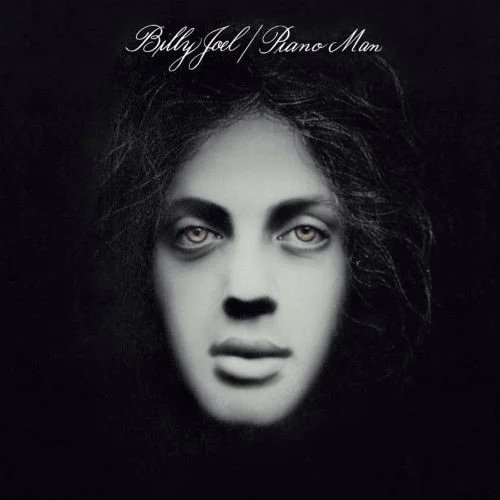FEATURE:
Pounds of Love: A Perfect Way to End 2023…?
PHOTO CREDIT: Fish People/Kate Bush
Kate Bush’s Album Reissues and a Christmas Present with Certain Strings
_________
HAVING launched…
PHOTO CREDIT: Fish People/Kate Bush
a new website design/layout that looks amazing and is ‘presented’ by Fish People (Bush’s label), there has been this overhaul that has now put front and centre reissued albums that are going to exclusively appear in independent record stores. Kate Bush News reported on the fact that her 1985 masterpiece Hounds of Love is being reissued - and different editions are coming out. I am going to come to the studio albums in a minute, in addition to writing why these releases are perfect Christmas presents – and releases coming after December will be pre-ordered as late Christmas presents:
“As was promised earlier this year when Kate moved her distribution to The State51 Conspiracy, special presentations of Hounds of Love have just been announced on Kate’s newly re-launched official Fish People site. And they are quite extraordinary. They include an “illustrated vinyl” 12″ edition (known as the Baskerville Edition) as well as the album being presented on two boxes (called The Boxes of Lost at Sea). Additionally, the coloured vinyl we reported on last month is available to pre-order. Elsewhere, the new site features new notes and specially chosen footage by Kate on all of her albums as she reissues her full album catalogue.
Hounds of Love – The Baskerville Edition 12″ vinyl
The 12″ vinyl Baskerville edition (available from December 1st, pre-order here) features new illustrations by Timorous Beasties on the front (shown above – two hounds!), centre gatefold (Kate, being hoisted by sea creatures, in her life jacket with blinking red LED light!) and back (including a solar panel to charge the light battery in daylight!). The Baskerville Edition of Hounds of Love is intended to be the first in a series of illustrated editions of Kate’s albums. The Dreaming will be the second in the series of illustrated editions, also illustrated by Timorous Beasties. This will be released in time for Valentine’s Day, 2024. More details will be available nearer the time.
The site says that “the best way to charge this solar panel is in bright sunlight (but not with the vinyl LP, it might warp!) In that situation it will charge really quickly, within ten minutes. Smoked glass doesn’t work well at all and neither does a very cloudy day. LED indoor lightning won’t work at all, but halogen lightning should be good. Do not put the solar panel closer then 10 cm from an artificial light source as this could cause heat damage to the solar panel. We hope you will experiment and please be patient if it’s a little temperamental. This is an innovative idea and designed to be environmentally friendly.”
The Baskerville Edition is accompanied by a beautiful new Cloudbusting-themed video which depicts a young Peter Reich receiving the record and telling his story. Extremely touching! See it below.
PHOTO CREDIT: Fish People/Kate Bush
On the official press release for the reissues Kate says:
It’s been great fun putting together these new versions, including coloured vinyls for independent record stores. They’ve been designed as a ‘set’. It’s very exciting to see the resurgence of appreciation for the physical presence of albums released on vinyl. It’s how it’s always been for me, especially when I was a teenager. The whole buzz of the record store was part of the experience. Buying an album was an event. There’s a special emotional connection that happens between the possessor of an album, the music and the artwork, when it exists in the real world. It’s something we can treasure in a unique way.
KATE BUSH, NOVEMBER 2023
The Boxes of Lost at Sea
If that wasn’t enough Kate has created two pieces of wall art, The Boxes of Lost at Sea (available from December 1st, pre-order here), each consisting of two boxes, each containing one side of the Hounds of Love album. In a second accompanying video, Kate explains via on-screen text, that she was inspired to expand upon a piece of work she first created for a special War Child charity auction in 1994 (see our news item here on the original artworks). Kate was thrilled to find the ITV clip of her idol, David Bowie, admiring her original artworks.
The boxes, which can each be wall mounted, also feature flashing LED lights powered by two AAA batteries. A donation will be made to War Child with each box that’s bought.
Kate says: “The idea was to create a hybrid of an album and a piece of artwork you could hang on the wall. They’re based on something I designed for an auction for the charity War Child”
Inside The Boxes of Lost at Sea are two vinyl records, described as “UV print on a side without grooves, on white vinyl.”
Like the 1994 original piece, each has an inscribed plaque, with versions available for pre-order in a braille version also:
Fish People are also reissuing the regular vinyl and CD versions of Hounds of Love and believe it or not (Stranger Things fans, ahoy!) a newly reissued cassette version – all three out on November 20th as previously reported. Elsewhere on the site, you can pre-order something for “those cloudbusting kind of days…” ……a rather fetching umbrella!”.
PHOTO CREDIT: Fish People/Kate Bush
I guess the new editions are a little on the expensive side. As Kate Bush has spent time and effort making sure these are all individual and look amazing, it will worth adding to your collection. Aerial looks pretty interesting! I might well get that, as I do not have the original on vinyl. Hounds of Love will be especially popular, as it is also coming out on cassette. With albums on the website, you also get videos relevant. Lionheart is a good example. It is a new way for fans old and new to connect with the album. I think one of the exciting things is that there is this access for young fans. Even though the albums were reissued and remastered a five years back – hard to believe before 2018 they were difficult to get on vinyl! -, I think this presentation and release looks better! The vinyl are more interesting. You get cool obi strips, plus the photos and information you get with each album will be amazing! Despite the fact that they are priced highly at the moment, that will fall in time. It is a perfect time new fans to bond with these albums. Bush has always said how she wants people to experience her albums on physical formats. The C.D.s are available too, though there is that major demand for vinyl. I might well add a couple to my collection, as these reissues and designs mark the end of an active and exciting time for Kate Bush. One of the downsides, I guess, is this debate around the reissue and a lack of new material. It is a lot of money for fans to pay for albums that do not contain new demos, outtakes, B-sides or anything we have not heard before. That is fair enough!
PHOTO CREDIT: Fish People/Kate Bush
There has been this retrospection, transfer of her albums to The state51 Conspiracy, and activity regarding her Rock & Roll Hall of Fame induction. It would be nice to think that, as 2023 is coming to an end, there is something new next year. Bush cares deeply about her fans, however there is that palpable and understandable call for new music. As they literally invest so much when it comes to her existing music, there is a massive appetite for something fresh from the genius. She has given us this Christmas present. No doubt she will put a message on her official website next month thanking her fans, plus reflecting on the world and offering her love and support. Next year should be an opportunity when everything has been cleared and sorted so that Bush can follow 2011’s 50 Words for Snow. She does not need to say whether anything will come at some point. She will know what a wave of expectation there is out there. We are grateful for the studio albums coming back out with new designs. It has seen Kate Bush take a real interest in the process and completion. There will be eyes her way with records the next step. Even if it is audio from songs that have not seen the light of day, or demos that are new to fans – another round of repackaging and retrospection might be a bit too much. Whether that big question around new material is answered in 2024 remains to be seen. If it is, then you can guarantee that is something that all fans will…
HAPPILY invest in!


























































































